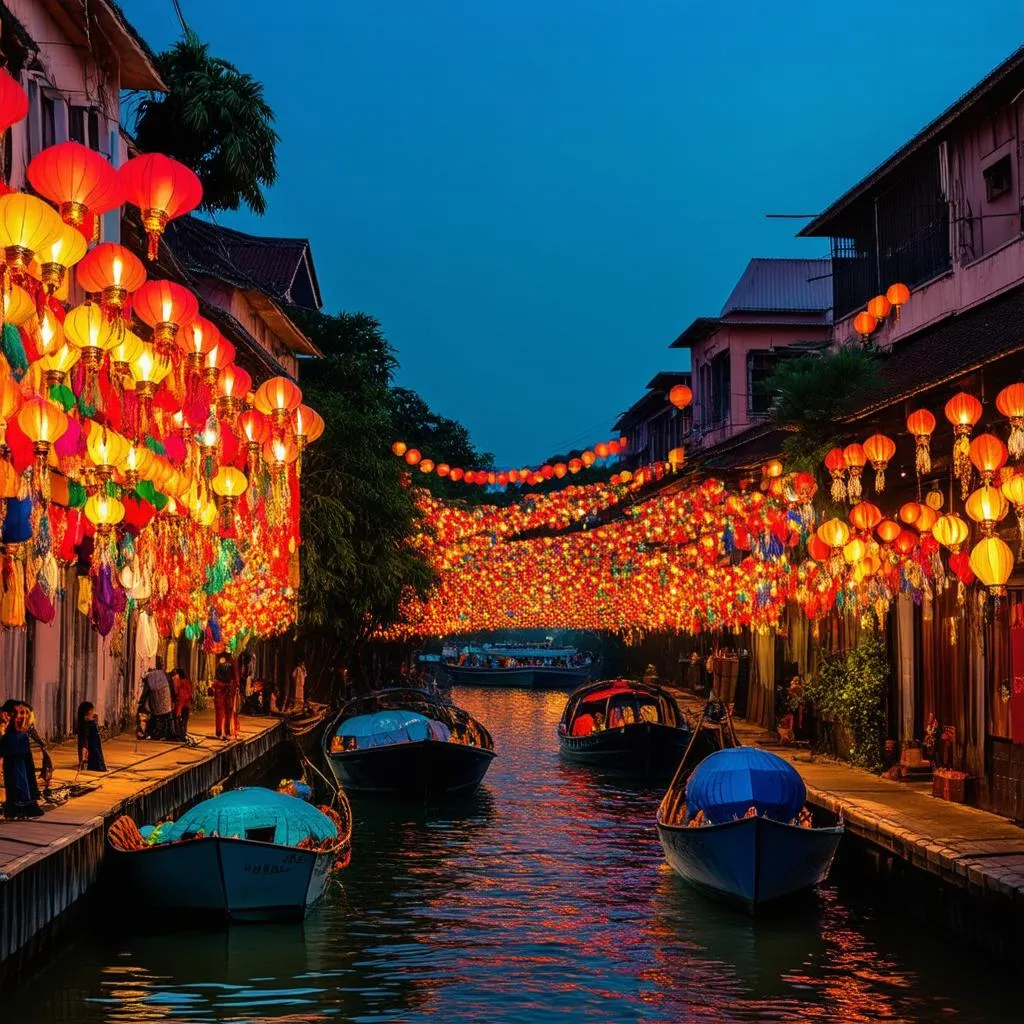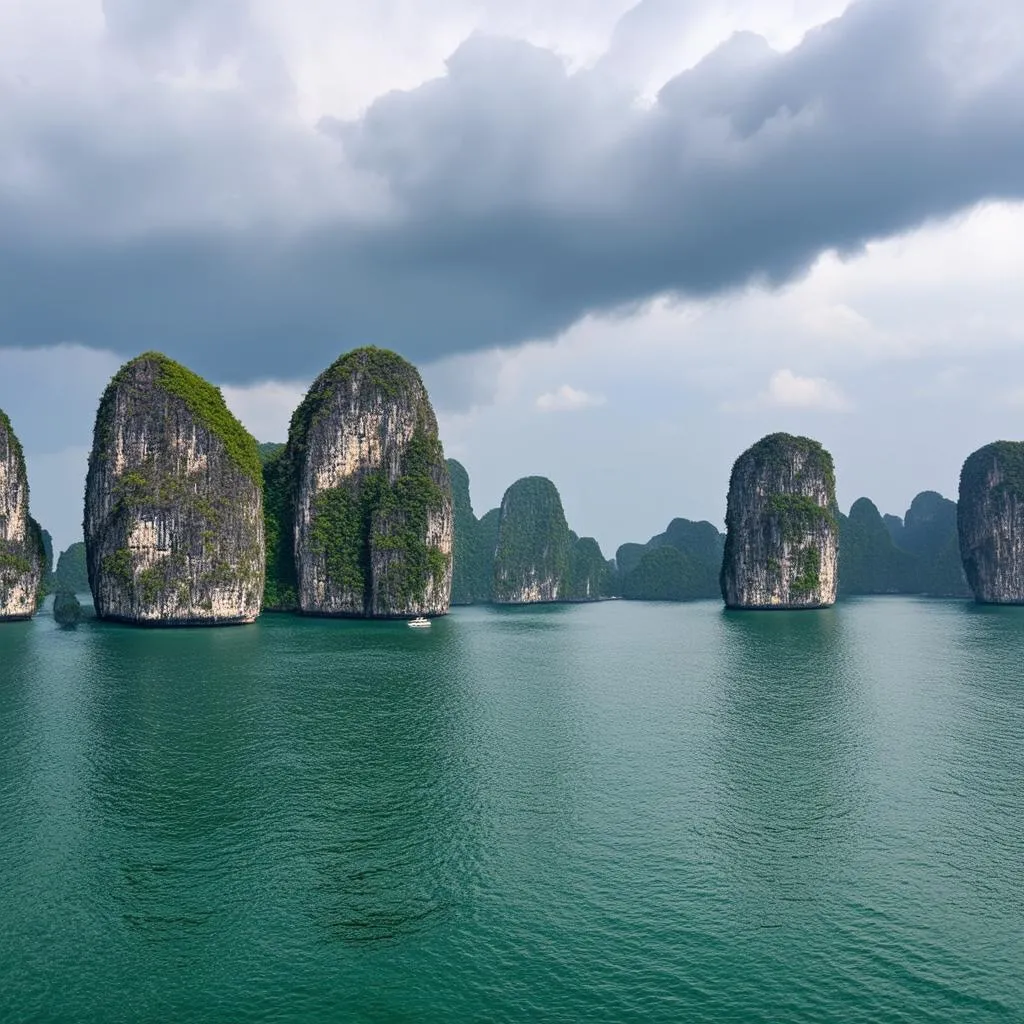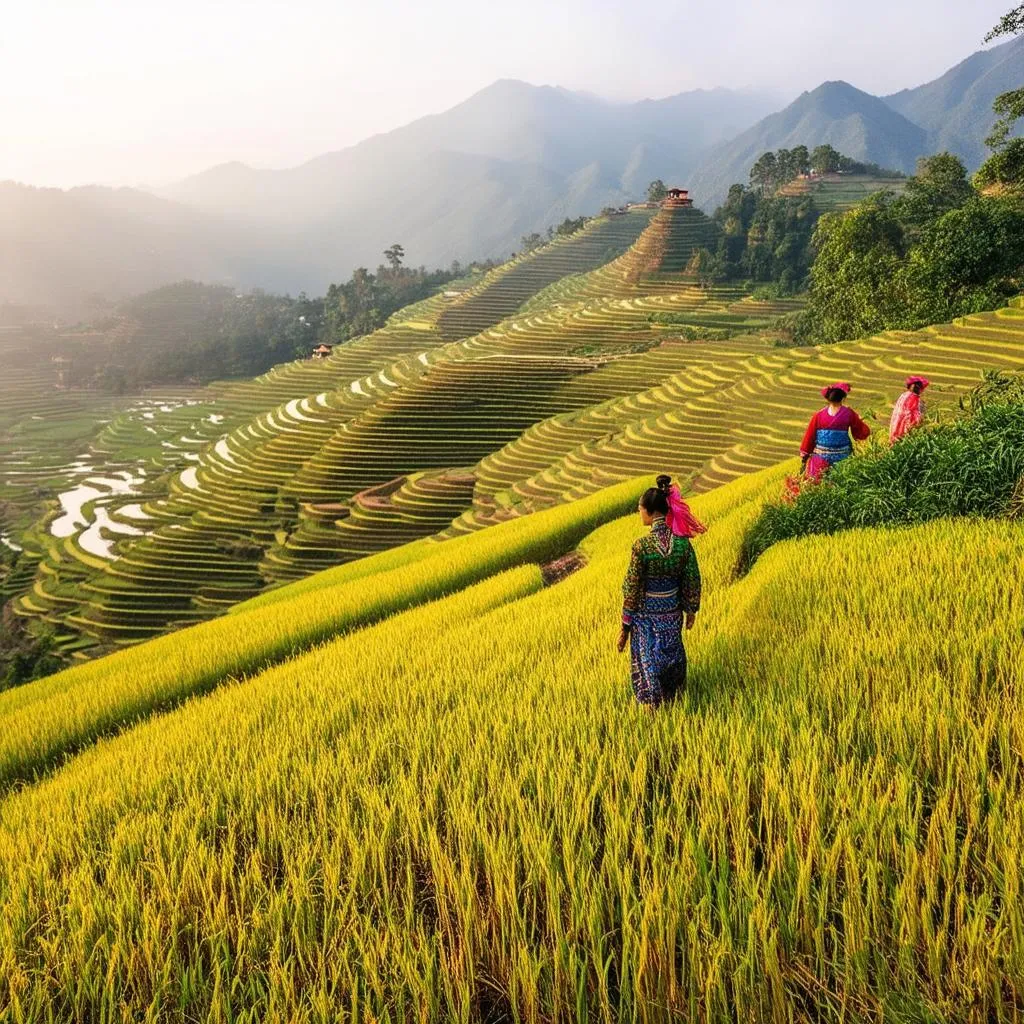“Wanderlust” isn’t a word in Vietnamese, but maybe it should be. With its vibrant culture, stunning landscapes, and mouthwatering cuisine, Vietnam is a country that begs to be explored. But with such diverse weather patterns across its length, knowing the best time to travel to Vietnam is key to unlocking its magic.
Whether you’re dreaming of sunbathing on pristine beaches like Nha Trang or trekking through the rice terraces of Sapa, this month-by-month guide will help you plan your perfect Vietnamese adventure.
Understanding Vietnam’s Diverse Climate
Before we dive in, it’s important to remember that Vietnam is a long, slender country with distinct weather patterns in the North, South, and Central regions.
- North Vietnam (Hanoi, Sapa, Ha Long Bay) experiences four distinct seasons, with hot, humid summers and cool, dry winters.
- Central Vietnam (Hue, Hoi An, Da Nang) has a transitional climate with a rainy season from September to February.
- South Vietnam (Ho Chi Minh City, Mekong Delta, Phu Quoc) enjoys a tropical climate with two seasons: wet (May to November) and dry (December to April).
Best Time to Visit Vietnam by Region
North Vietnam
Spring (February – April): Spring paints the north with a thousand shades of green as flowers bloom across the valleys. This is a great time for hiking in Sapa or cruising Ha Long Bay with pleasant temperatures and clear skies.
Autumn (September – November): Autumn brings cooler, drier weather to the north, making it ideal for exploring Hanoi’s charming Old Quarter or trekking to ethnic minority villages.
Expert Tip: “Autumn in Hanoi is a sensory delight,” says travel writer and photographer, Nguyen Minh, “with the scent of milk flowers in the air and a gentle breeze rustling through the leaves.”
Central Vietnam
Spring (February – May): Spring offers the most pleasant weather in Central Vietnam, with sunshine and comfortable temperatures perfect for exploring the ancient city of Hue or relaxing on the beaches of Da Nang.
Summer (June – August): While hot, summer is a good time to snag deals on accommodation and experience the vibrant Full Moon Festival in Hoi An.
Important Note: Be aware of the typhoon season from September to November, which can bring heavy rainfall to Central Vietnam.
South Vietnam
Dry Season (December – April): The dry season is the best time to visit South Vietnam, with sunny skies and lower humidity perfect for exploring Ho Chi Minh City’s bustling streets or cruising the Mekong Delta.
Shoulder Season (May – June, September – November): Expect some rain during these months, but it often comes in short bursts, leaving you with plenty of sunshine to enjoy the beaches of Phu Quoc or the lush landscapes of the Mekong Delta.
Local Wisdom: According to Vietnamese tradition, the first day of the Lunar New Year (Tết) is considered an auspicious time to travel, bringing good luck for the year ahead.
When NOT to Travel to Vietnam
- Peak Tourist Season: Traveling during Vietnam’s peak tourist season (December to February) can mean higher prices and larger crowds. Consider visiting during the shoulder seasons for a more authentic and affordable experience.
- Typhoon Season: From September to November, typhoons can hit Central Vietnam, bringing heavy rains and strong winds. It’s best to check weather forecasts and travel advisories before traveling during this time.
Plan Your Dream Trip to Vietnam
Now that you have a better understanding of the best time to visit Vietnam, start planning your dream trip! Whether you’re looking to experience the bustling city life, relax on pristine beaches, or explore the country’s rich culture and history, Vietnam has something for everyone.
Looking for travel tips and inspiration? Check out our other blog posts on how to meet people while traveling and discover where you want to travel next!
 Vibrant Silk Lanterns Illuminate Hoi An Ancient Town
Vibrant Silk Lanterns Illuminate Hoi An Ancient Town
 Majestic Limestone Islands Rise from Emerald Waters in Ha Long Bay
Majestic Limestone Islands Rise from Emerald Waters in Ha Long Bay
 Sunrise Over Lush Green Rice Terraces in Sapa, Vietnam
Sunrise Over Lush Green Rice Terraces in Sapa, Vietnam
